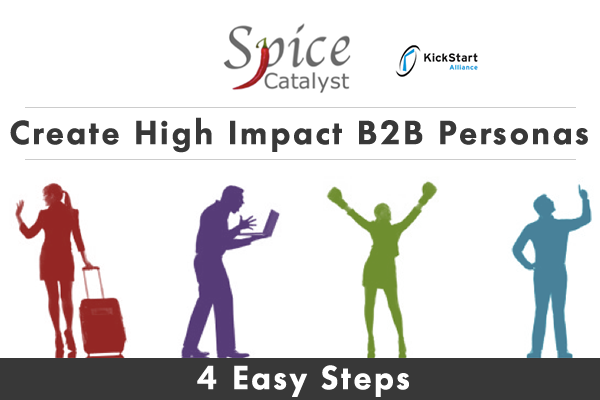Integrated marketing & the college application process September 5, 2012
Posted by Mike Gospe in Integrated Marketing.Tags: Integrated Marketing
trackback
Last week we dropped off my newly minted freshman son at college. I wandered into his room last night and noticed a pile of forgotten mail hastily shuffled on a far corner of his desk. It was a collection of college correspondence he collected over the past nine months. With the drama of the application process over, I perused through this mini-archeological dig site of direct mail pieces, printed emails, postcards, and Fedex packages with fresh eyes. Of the 14 colleges my son applied to, there was a vast difference in the quality and finesse of the marketing campaigns used to win his heart and mind. There are parallels to the B2B marketing world we can learn from.
1) Pacing to match the buying process: The “buying process” that goes with selecting a college is as long as nine months, similar to some of the more complex B2B buying cycles. Some schools sent one or two letters during this entire process, expecting their reputation (fueled by perpetual motion, perhaps) to remain the obvious first choice in the applicant’s mind; others made multiple attempts throughout the application cycle to not only create awareness with offers that teased the college-bound student, but with relevant content designed to persuade and create preference as the decision date neared.
2) Catering to multiple buyers: Sure, the student is the user of the college’s services, but the parents pay the bills (at least in our case). Perhaps three of the 14 colleges my son applied to acknowledged my wife and I as having a role in the selection process. There are a couple of complexities I should acknowledge here. First, when a child turns 18 they are protected under the Family Educational Rights and Privacy Act (FERPA) meaning they are now treated as an adult and are not required to share information regarding their advanced education (bills, fees, and grades) with their parents. Second, every school was quick to remind us of the need to be aware of the financial aid process. Whereas every school did reach out to my son, only three took the extra step to proactively consider my wife and I as an “influencer”. My wife and I were appreciative of the schools that spoke to us in a respectful, personal tone, and annoyed at the others who offered only a cold form letter of instructions.
3) Understanding the student behind the data. All colleges have access to the same data of test scores, GPAs, and demographics, not to mention the data provided in the actual application. Yet, it was obvious to me that only a few of the schools took the time to actually understand my son and our family. Only a few saw beyond the data and exhibited empathy and understanding of my son’s interests and our parental needs and concerns.
4) Delivering relevant content: During the process my son received many boring form letters written by the cold hard hand of a soulless admissions officer. These were quickly skimmed and then forgotten. Of the 14 schools, only three offered proactive meaningful content delivered at relevant points of the buying process. This kept our collective interest and built anticipation.
5) Engaging buyers with a meaningful integrated marketing campaign: The success stories, life experiences, opportunities and rewards of attending one particular school was written with passion, energy, and language with which my son could relate. And only one engaged both my son and his parents throughout the decision process.None of what this one school offered us was spam. For each email, direct mail piece, phone call, or in person visit was triggered at an appropriate time based on the correspondence that had preceded it. In other words, this one out of 14 colleges engaged us in a real dialog that was effectively nurtured over 9 months. It started in January when they acknowledged receiving my son’s application and concluded in September with the kickoff of the official welcome week.
Of personas, positioning, and messaging
It was amazing to me how vastly different the marketing campaigns were from each of the 14 schools. It was like most of the schools didn’t really care (perhaps because there are many more students than there are available slots.) The school my son now attends is the one that best understood the person of my son. They effectively positioned their services to be relevant to my son’s background and interests. And most importantly, they didn’t overwhelm us with their story, as would have been so easy to do. Like chapters in a book, they engaged us over time and offered us relevant content and offers based on our prior correspondence. In the end, the choice of which school to attend was easy. It would have been much more difficult if the others had all engaged in an effective integrated marketing campaign.

